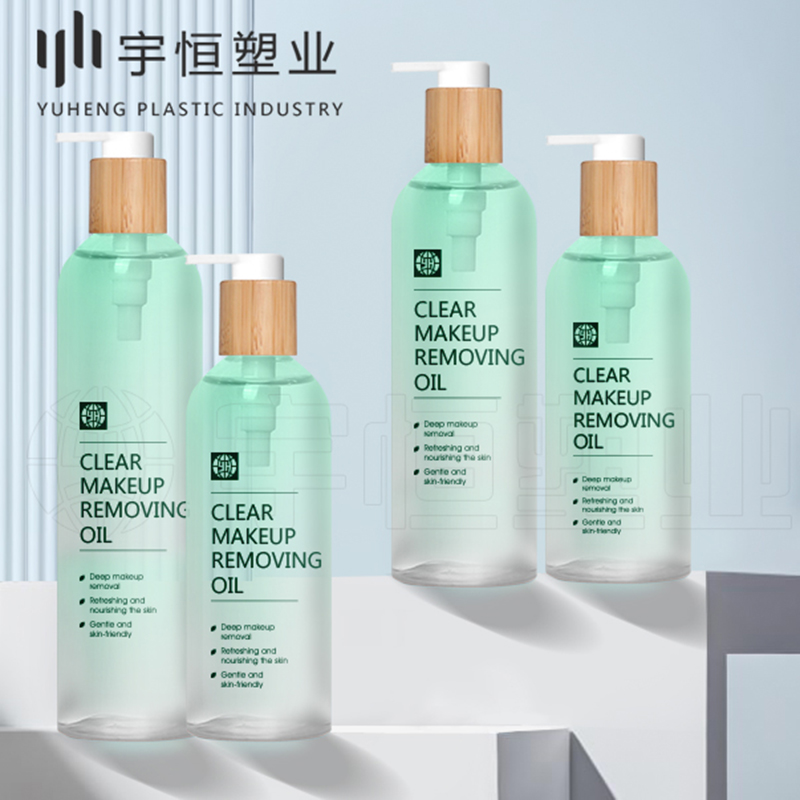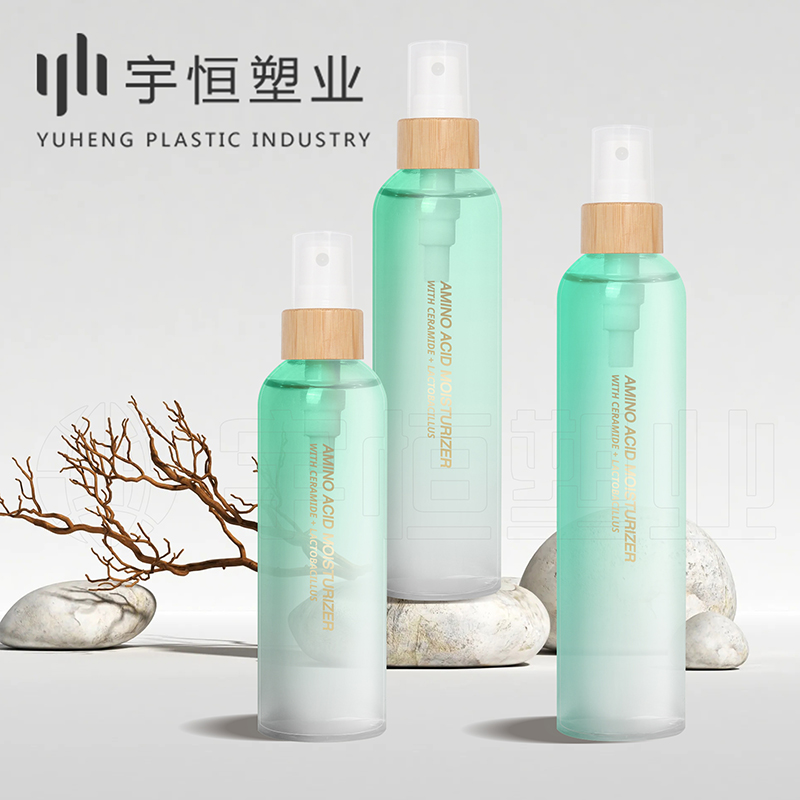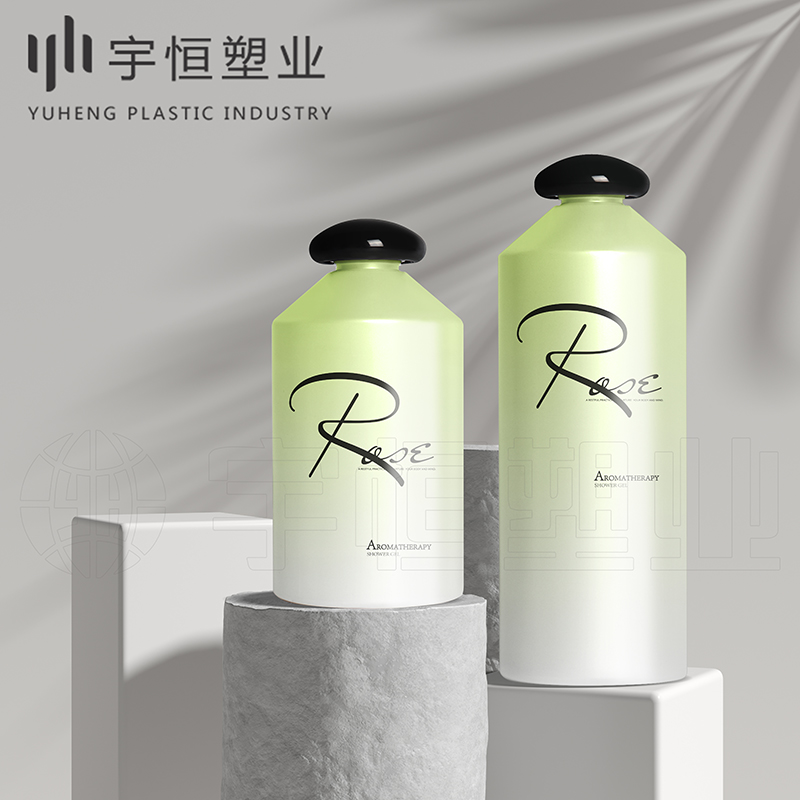As a manufacturer of plastic bottles for cosmetics, we are well aware that selecting appropriate packaging materials is crucial for the preservation and transportation of cosmetics. HDPE (high-density polyethylene) and PE (polyethylene), as two common plastic materials, have a wide range of applications in the field of cosmetic packaging, but there are significant differences between the two in multiple aspects.

Firstly, from a physical perspective, HDPE is an opaque white waxy material with a light density, softness, and good toughness. Its surface hardness, tensile strength, and mechanical strength such as rigidity are relatively high, which makes HDPE bottles less prone to deformation or cracking under external forces. PE material, on the other hand, exhibits a white wax like appearance, which is also soft and flexible, but its mechanical strength is slightly inferior to HDPE. The difference in physical properties makes HDPE bottles more advantageous in cosmetic packaging, especially in situations where high compressive strength and wear resistance are required.

Secondly, from the perspective of chemical properties, both HDPE and PE have good chemical stability and can resist corrosion from various chemicals at room temperature. However, HDPE has more outstanding acid, alkali, and organic solvent resistance, which enables it to better protect products from external environmental influences in cosmetic packaging. In addition, HDPE has better wear resistance and cold resistance than PE, which enables it to maintain stable performance under different environmental conditions.

In terms of application, HDPE is often used to make cosmetic packaging bottles due to its excellent physical and chemical properties. Its non-toxic, odorless, and odorless characteristics ensure the safety and purity of cosmetics. Although PE materials are also widely used in cosmetic packaging, they are mostly used in situations where mechanical strength is not high, such as plastic bags, films, etc.

In terms of production technology, the forming process of HDPE bottles includes extrusion blow molding and injection blow molding, etc. These processes can ensure high accuracy of bottle mouth thread size and stable bottle body shape size, thereby improving the sealing performance of the bottle. This high standard production process also meets the high requirements of the cosmetics industry for packaging quality and hygiene standards.

In summary, there are significant differences between HDPE packaging bottles and PE plastic bottles in terms of physical properties, chemical properties, application scenarios, and production processes. As a manufacturer of plastic cosmetic bottles, we will select suitable materials based on customer needs and product characteristics to produce high-quality cosmetic packaging bottles, ensuring product safety and aesthetics.




